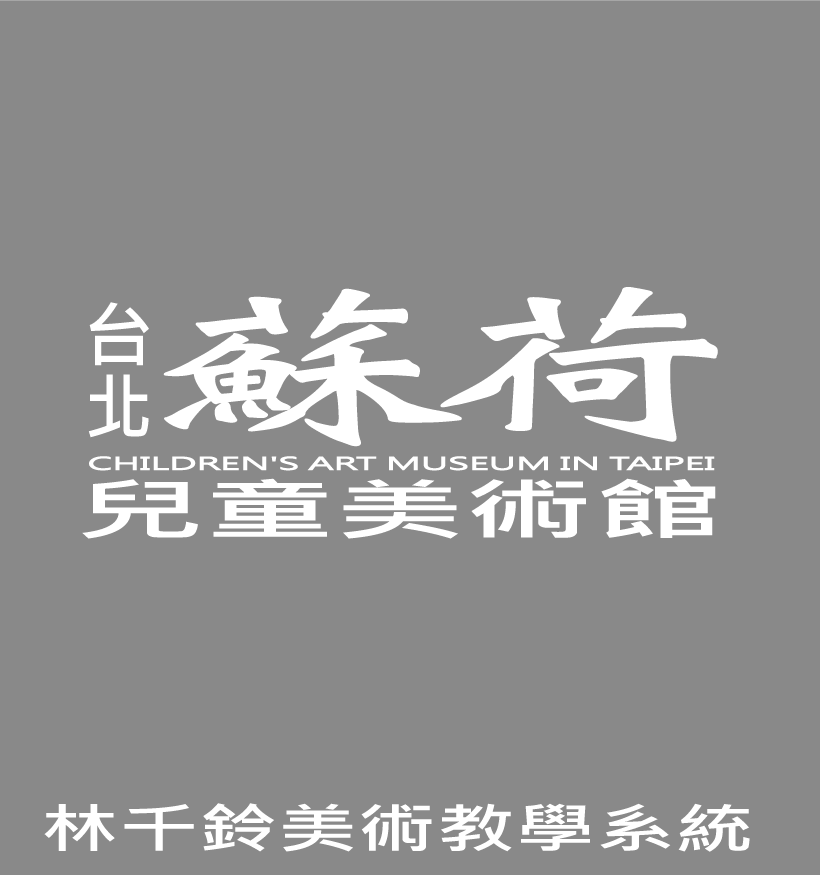Establishing The Children's Art Museum in Taipei
The Children's Art Museum in Taipei fills an urgent need.
The first children's art museum in Taiwan, established in 2003, is already late. Already we have not been a part of too many childhoods.
The space of an art museum lends profound meaning and purpose to the children's creations which are hung in it. The museum space links the world of the child and the world of the adult. When their works are hung in such a space, children are given the opportunity to explain themselves—concretely and visually. The exhibited works offer clues toward children's growth and artistic development. Looking at these paintings and projects, adults may observe and understand explicitly that among children, each age group corresponds to a specific developmental stage and that parents should not and cannot artificially speed up a child's artistic growth. Many misconceptions about art education in Taiwan are grounded in adults' use of an adult scale to measure the success of children's works.
The space of any art museum gains power and significance because it is context for many artworks. Such a space is much more dynamic than any encounter with a single work. The Children's Art Museum in Taipei, dedicated to the display of hundreds of children's works, hopes that its visitors will learn about the amazing imagination and technical fluency of Taiwanese children. But the Museum also seeks to illuminate the difficult situation of children's art education in Taiwan. As many art teachers know, the problems of art education in Taiwan are rooted in the misconceptions of adults, not in any deficiency in the ability of children.
The ultimate goal and expectation of art education is neither to create a perfect artwork nor produce a professional artist. What we want to bring to children through art is the experience of creation and the ability, the habit, and the desire to appreciate art. Raised under the heavy academic demands which have held sway in Taiwan, today's adults—most of today's parents and teachers—rarely have had authentic experiences with art. (Indeed, the neglect of art education in school systems is a worldwide trend.) It is therefore difficult for them to understand the art spirit. When the innate creativity of children is neither cherished nor understood, parents tend to remain fixated on the final product. Such an attitude makes the child's path of learning and creating art more frustrating
The Children's Art Museum in Taipei is delighted that the number of visitors to museums in recent years has increased overall, yet we know that the visit to an art museum does not mean that the visitor has grasped art, which cannot be learned through mere observation. After visiting museums, many people still feel confused—and who can blame them? For most visitors, the mode of appreciation remains at the level of like or dislike of an object. With this overly simplistic judgment, one cannot understand art deeply, thoroughly, or profoundly. The result of learning about art should exceed mere knowledge of facts. We desire to create a Museum where one can begin, at whatever age, to feel and to intuit art, and, thus to incorporate art into life.
The Children's Art Museum in Taipei is at the vanguard of a new age of museums. Collecting will take a back seat to education. Under our auspices children will be educated—actively experiencing the making and remaking works of art— but so will adults, on behalf of whose aesthetic development the Museum shall be principal advocates. The Children's Art Museum in Taipei is an “education center.” It will educate children, parents, teachers, everyone who works with children, for the greater good of Taiwanese society. Every plan and direction of development is in accord with this mission.
Our exhibition of children's art works will provide possibilities beyond the exhibition itself. We will provide children with visual and hands-on learning experiences rarely provided in school today. In like manner, we will focus on increasing adults' understanding of children's creativity and originality. Children's artistic vocabulary, for example, needs to be translated to adults in our society. Because of our depth of experience and commitment, the Children's Art Museum in Taipei is the best translator of that artistic vocabulary, and we will share our understanding with parents and educators.
The Children's Art Museum in Taipei will use a curriculum approach toward exhibition and education planning. Our curriculum-focused exhibitions—rarely seen in today's art museums— will advocate for a “return to aesthetics.” By lessening the discrepancy between educational theory and practice, the Children's Art Museum in Taipei will increase the tangible poetry and beauty in the lives of our citizens.
School art education has long been long been overlooked; this has already become a worldwide trend. Today we aim to reverse this trend, to employ strength and hope in our endeavor to create a children's museum. We hope to inspire adults to begin a new education in art, and call for the citizens of this society to develop a true understanding of the value of art education.
The founding of the Children's Art Museum in Taipei would not be possible without the efforts of countless zealous parents and professional art educators over the course of ten years. Twenty-first century art museums, unlike those of the past, are created by and for the public. The Children's Art Museum in Taipei is both public resource and laboratory for research in the field of art education. This is the original mission for the establishment of the Children's Art Museum in Taipei.
Chien-Ling Lin
Curator and Founding Director







